Crop Rotation Group
Miscellaneous
Soil
Fertile, well-drained soil enriched with plenty of compost.
Position
Full sun.
Frost tolerant
Most annual poppies germinate in late winter and early spring, and easily survive spring freezes.
Feeding
None generally required when poppies are grown in fertile beds.
Spacing
Single Plants: 15cm (5″) each way (minimum)
Rows: 15cm (5″) with 15cm (5″) row gap (minimum)
Sow and Plant
Annual poppies are grown from seed sown where you want them to grow. Transplanting is very difficult, if not impossible. Sow seeds anytime from autumn to early spring by scattering them on the soil surface atop the soil. By mid-spring, the lacy, blue-green seedlings are easy to distinguish from weeds. In hospitable sites, annual poppies will reseed themselves year after year.
Notes
California poppies prefer warmer soil, and can be planted later than other annual poppies. They also bloom for a longer period of time, sometimes all summer. Opium poppies often naturalise in vegetable gardens, and they love the protected space provided by winter tunnels. Their early summer blooms are honeybee favourites. Field poppies are excellent additions to meadow gardens.
Harvesting
Harvest poppies as soon as the pods turn from green to tan. Keep them upright, then empty the pods into a broad container and let the seeds dry at room temperature for several days. You can replant the seeds, or use them in cooking. The dry pods make nice additions to dried flower arrangements.


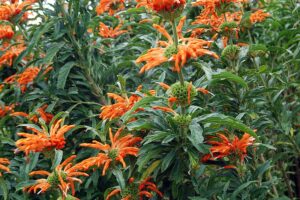
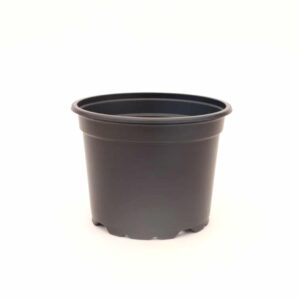
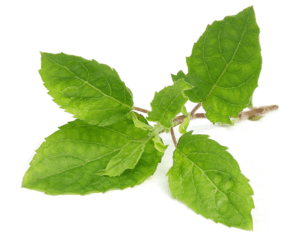
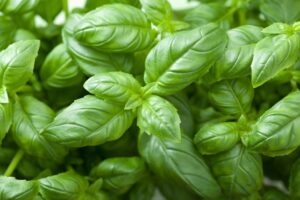
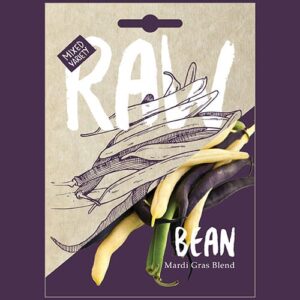

Reviews
There are no reviews yet.